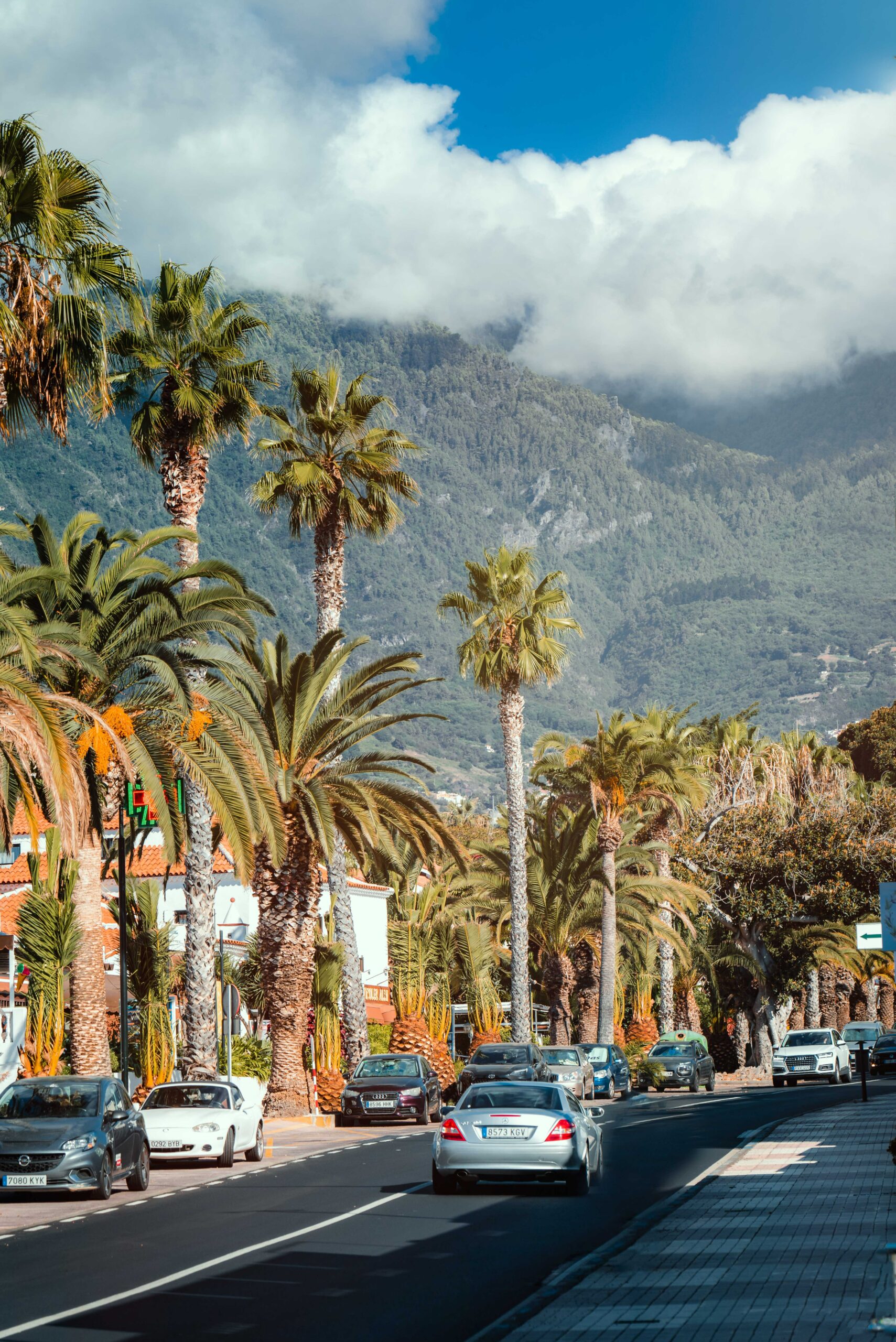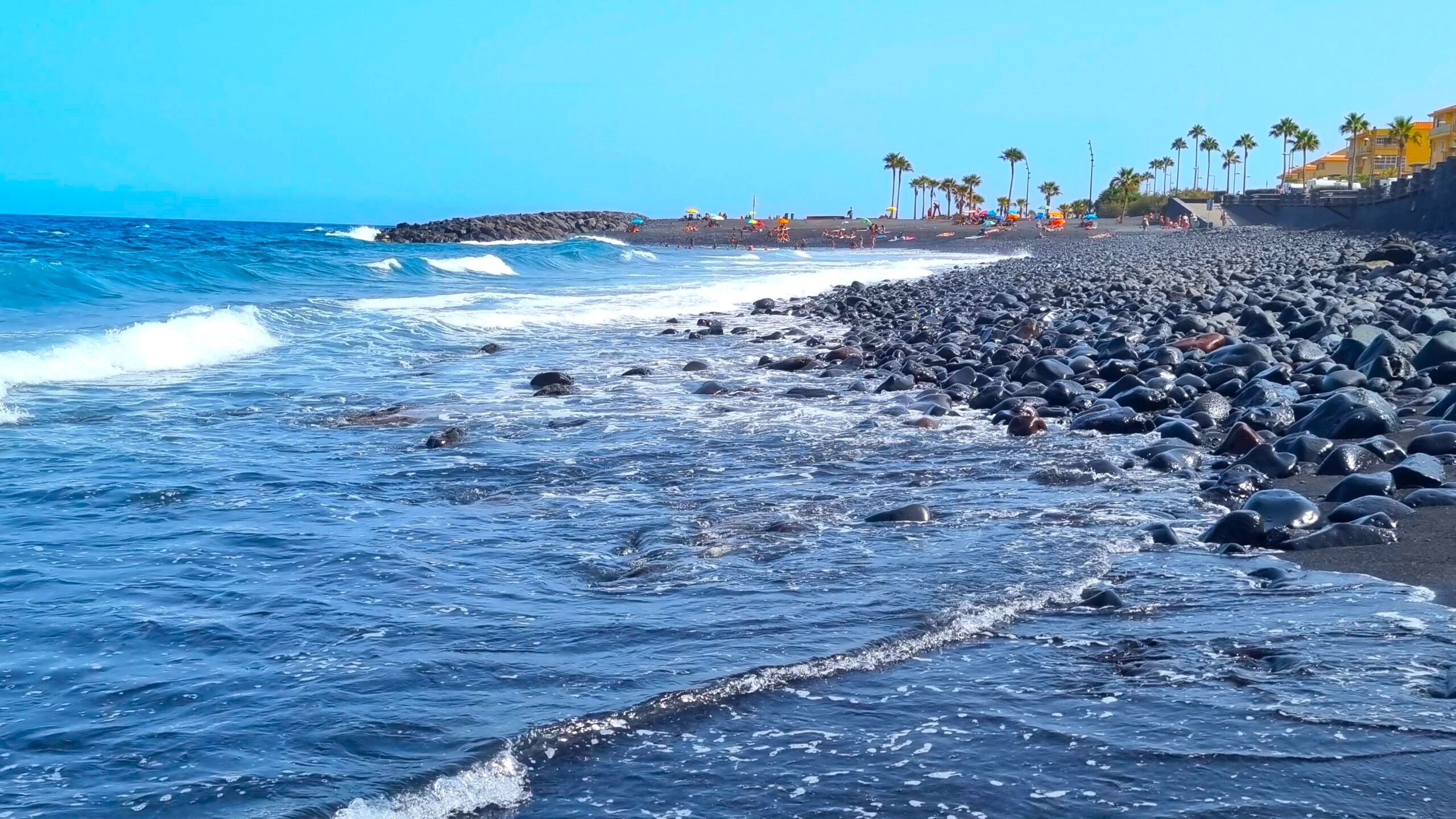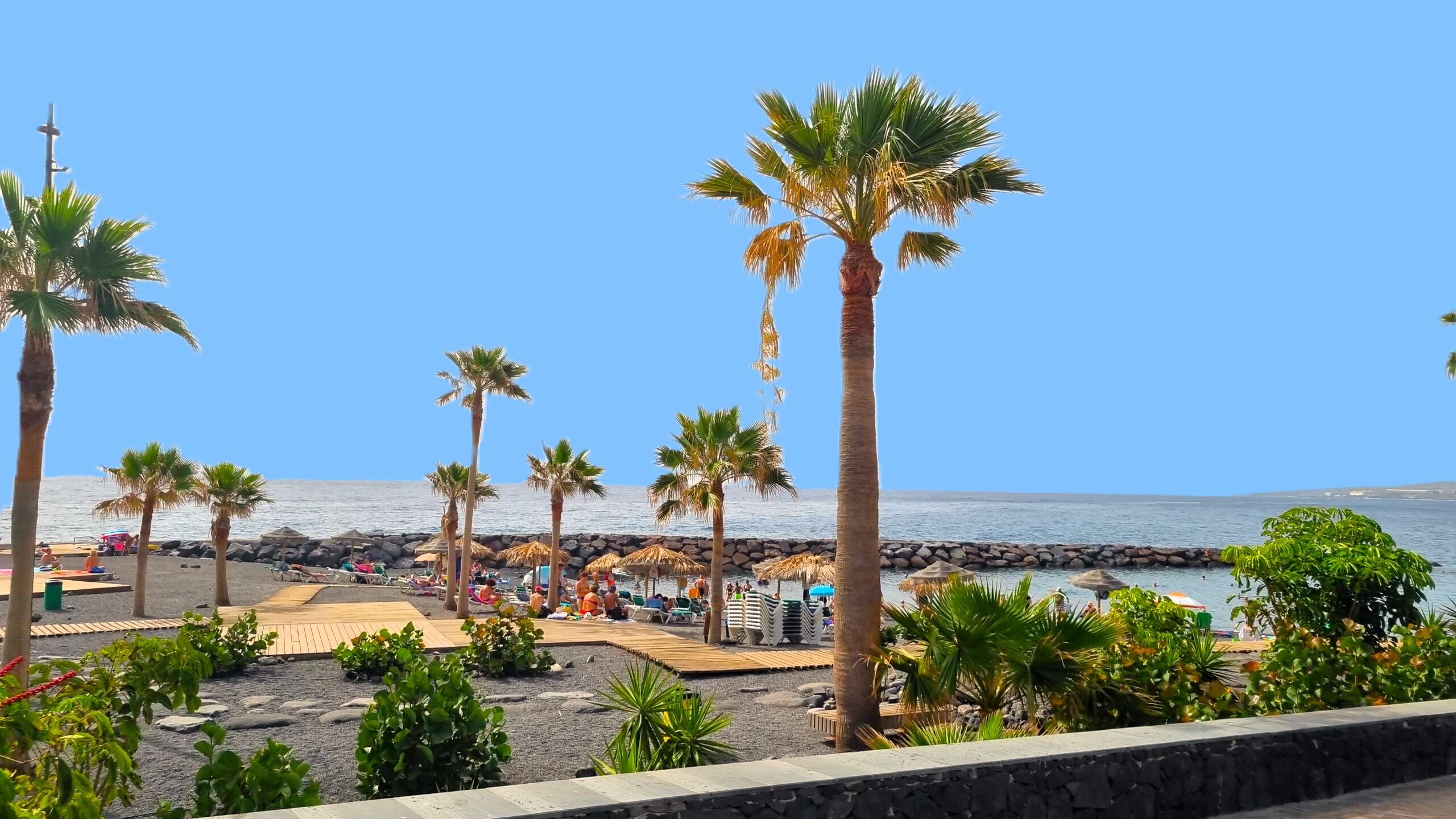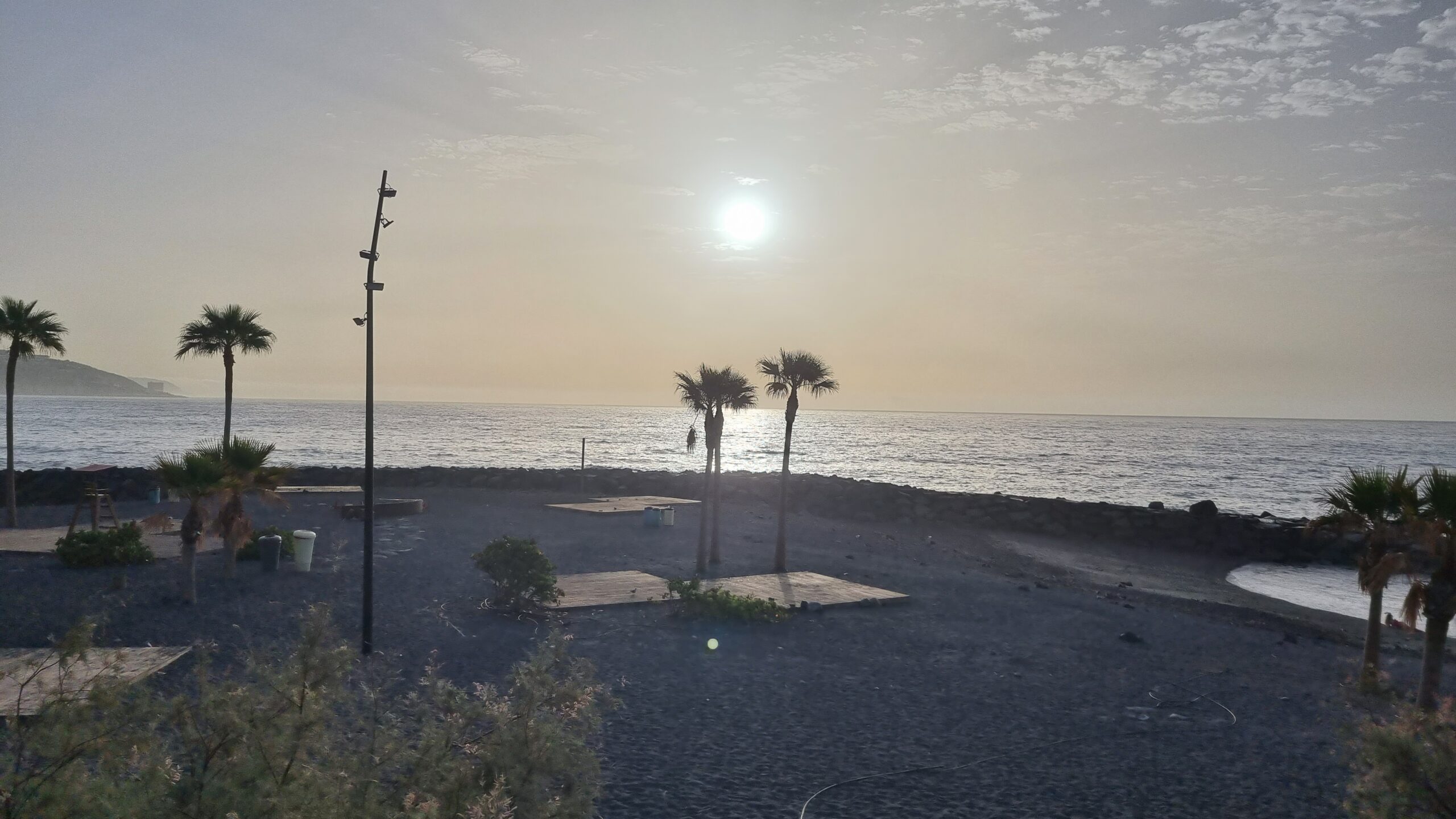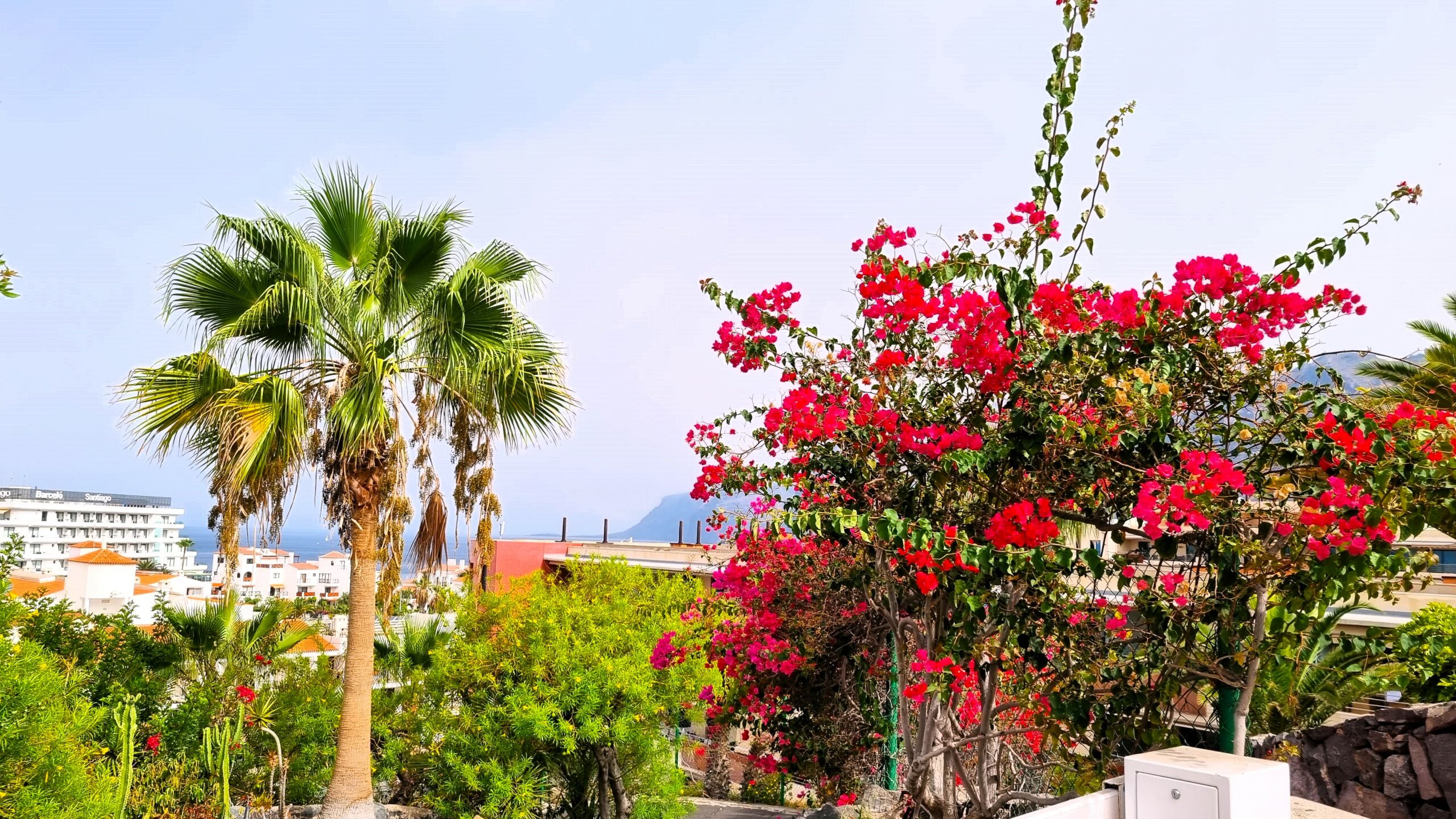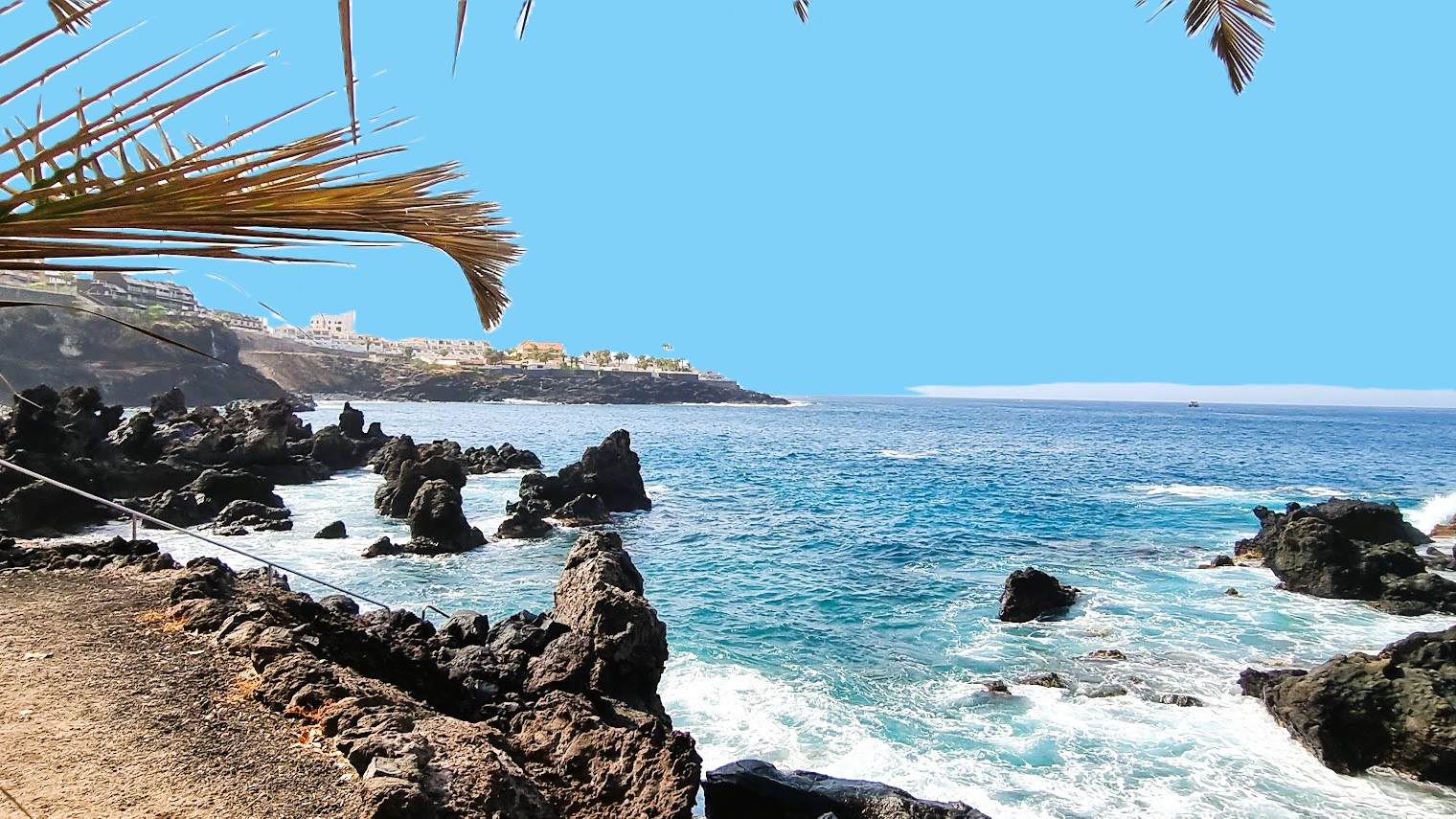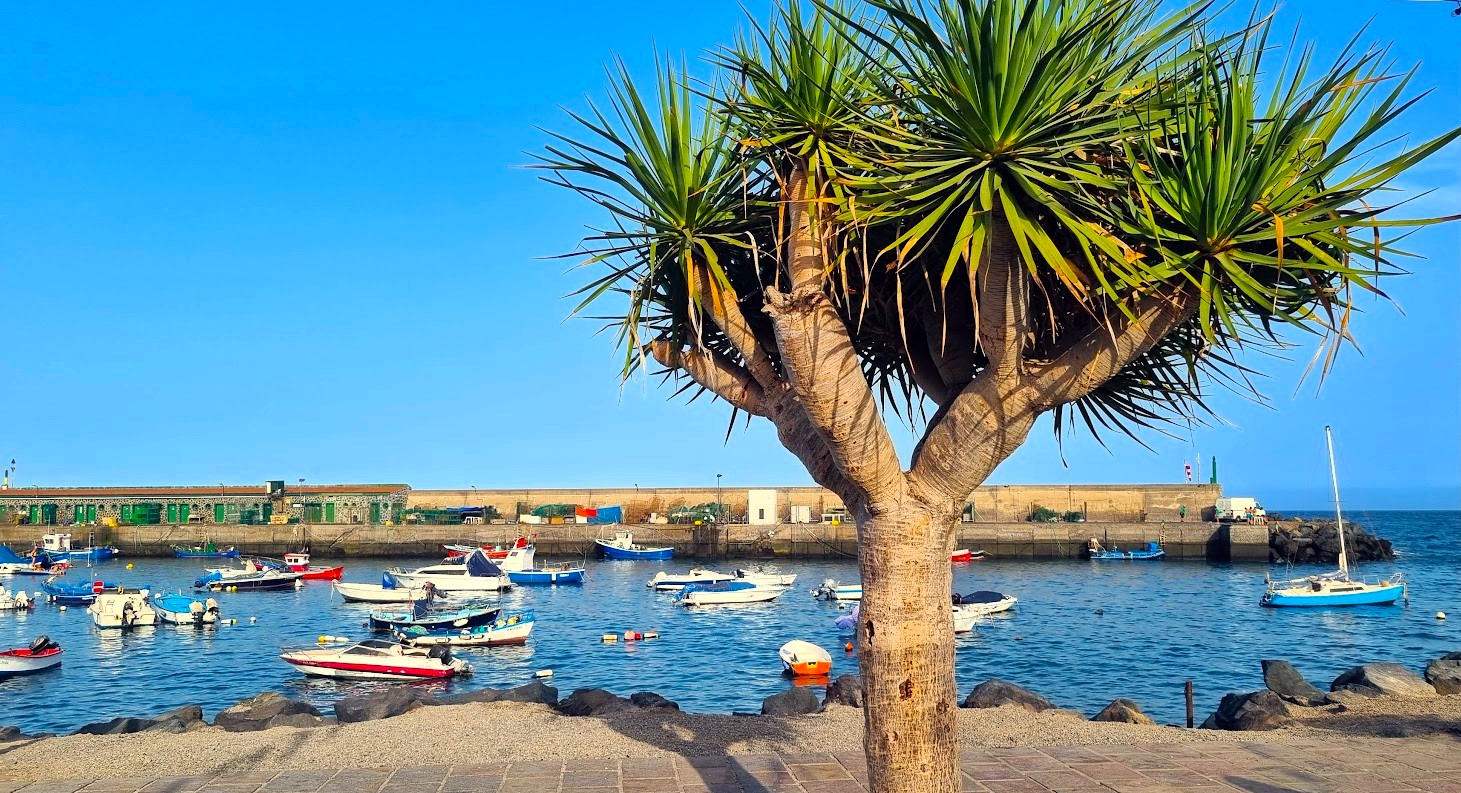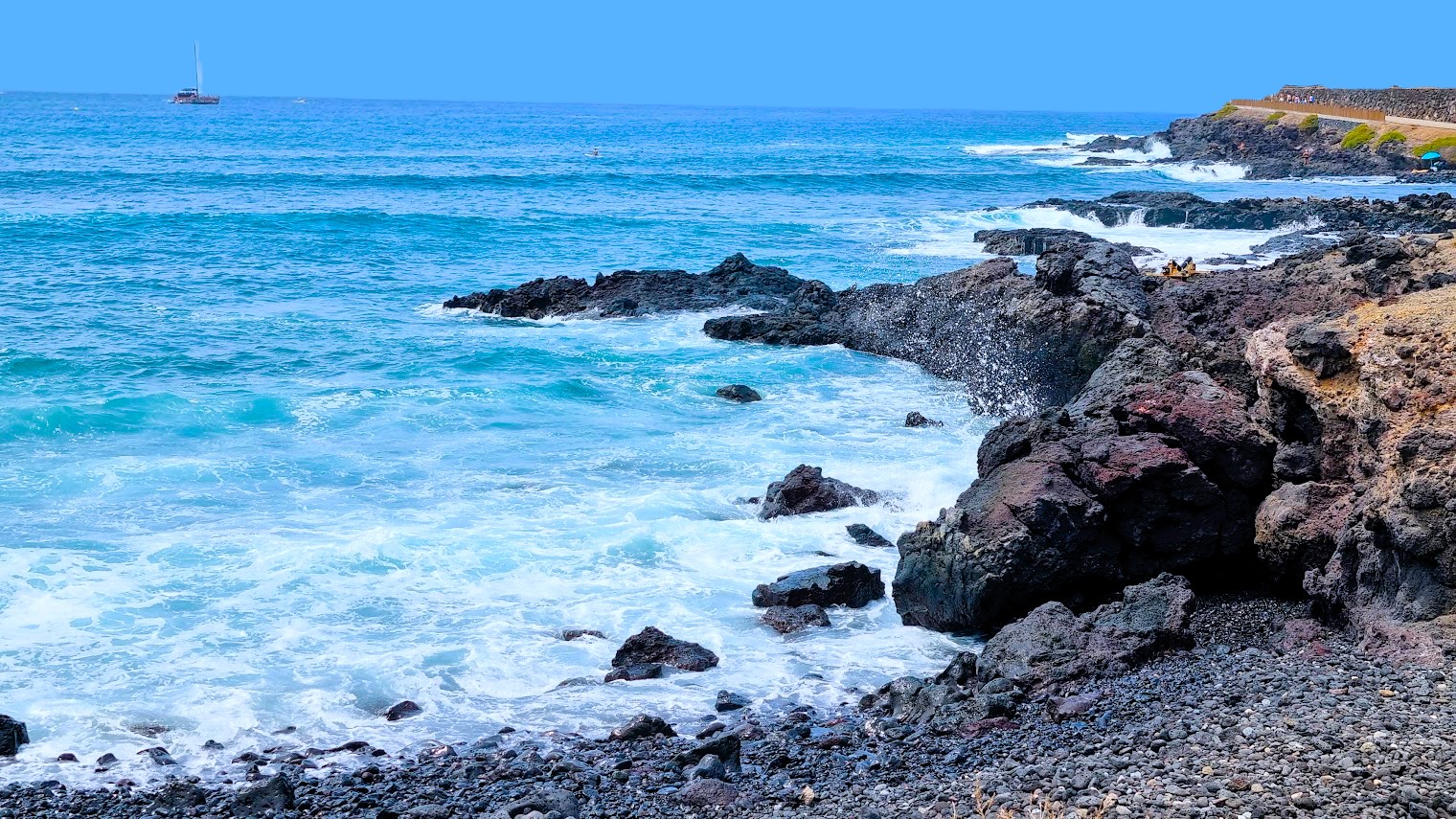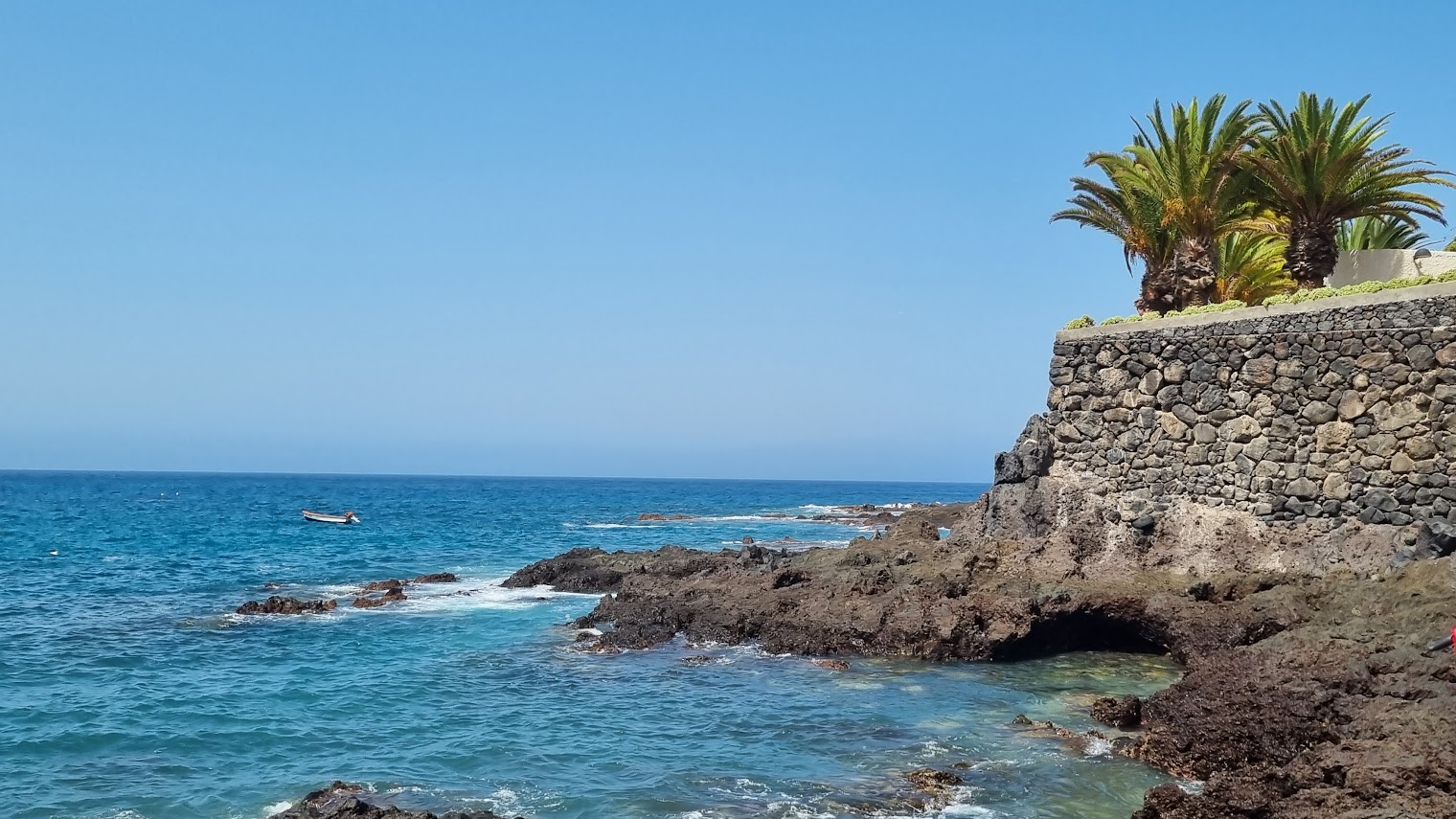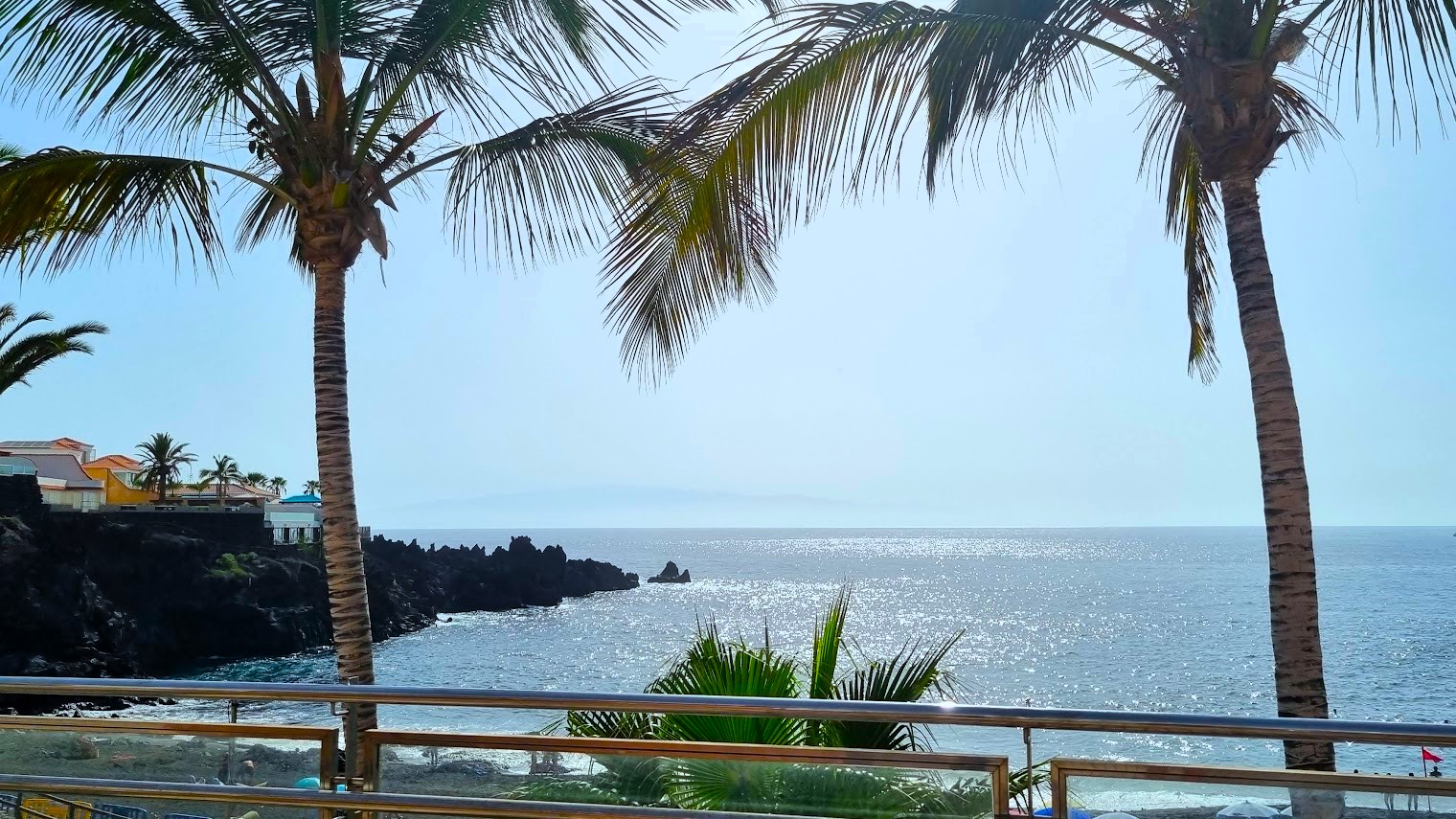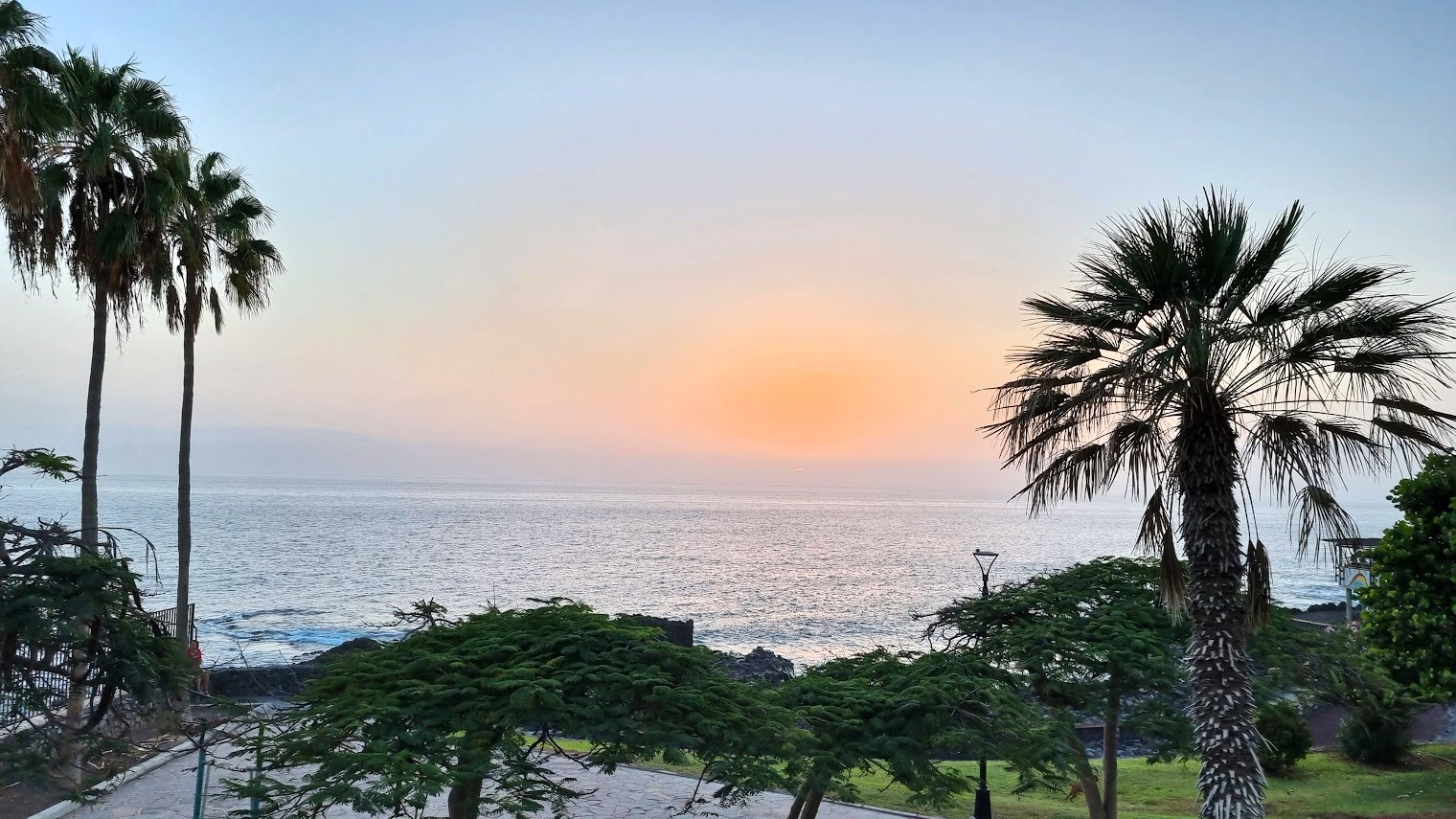Tenerife Weather in June
Tenerife’s climate is pleasantly warm all year round. The island is geographically close to the African continent and is situated at the same latitude as the Sahara Desert. Due to the northeasterly trade winds and the Canary Current, temperatures in Tenerife do not get quite as hot as on the North African mainland.
Microclimates in Tenerife
Tenerife is characterised by diverse microclimates due to its varied landscapes and topography, with mountains and coastal areas. This means that the weather, including temperatures, rainfall and wind can differ, depending on which part of the island you are visiting.
The information given on this page is the average taken from across the island. If you are visiting the northern parts of the island and higher elevations, you may experience slightly cooler temperatures and more rainfall, while the southern coastal areas might be a little warmer and sunnier.
Temperatures in June
June generally brings the warm and pleasant weather associated with the early summer season in the Canary Islands.
Air Temperature
Daytime
Daytime temperatures in June typically range from approximately 22 to 28 degrees Celsius (72 to 82 degrees Fahrenheit).
Nighttime
The nighttime temperatures are usually somewhere between 16 to 22 degrees Celsius (61 to 72 degrees Fahrenheit).
Sea Temperature
In June, the sea water temperature in Tenerife is typically around 21 to 23 degrees Celsius (70 to 73 degrees Fahrenheit), making the ocean feels pleasant and suitable for swimming, water sports, and other aquatic activities. Keep in mind that the water temperature can vary slightly depending on your specific location and the surrounding ocean currents.
Sunshine
Daylight hours
In Tenerife, during the month of June, you can expect around 14 to 15 hours of daylight on average. The Canary Islands, including Tenerife, experience relatively long days in the summer months, with early sunrises and late sunsets.
Number of sunny days
In June it is common for the island to have the majority of days characterised by clear blue skies and abundant sunshine. On average, you can expect around 22 to 25 sunny days.
UV-Index
The UV index for Tenerife in June typically falls within the range of 9 to 11 on most days. This is considered very high to extreme. The UV index is a measure of the strength of ultraviolet (UV) radiation from the sun, and a value in this range indicates an elevated risk of harm from unprotected sun exposure. It is therefore crucial to take sun protection measures, such as wearing sunscreen, sunglasses, and protective clothing, especially during peak sunlight hours, to reduce the risk of sunburn and long-term skin damage.
Rainfall
Tenerife experiences very low rainfall in the summer months. On average, the island receives only a minimal amount of precipitation during this time. June is considered one of the driest months in Tenerife. In many cases, there may be periods with no measurable precipitation.
Wind
June is generally not known for particularly strong winds. While there may be occasional breezes, extreme wind conditions are not typical for this month. Wind patterns can vary across different regions of the island, with the south being generally calmer compared to the northern areas. In the southern parts of the island, which include several popular tourist areas, you can expect average wind speeds of around 6 to 9 miles per hour (10 to 15 kilometers per hour).
What to Wear in Tenerife in June
With the weather generally being warm and sunny, you can dress for summer. Here are some clothing suggestions:
- Light Clothing: Pack lightweight and breathable fabrics such as cotton or linen. Shorts, T-shirts, sundresses, and skirts are suitable for the warm temperatures.
- Swimwear: If you plan to enjoy the beaches or pool areas, bring swimwear. Tenerife has beautiful beaches, and June is a great time for water activities.
- Sun Protection: A wide-brimmed hat, sunglasses, and sunscreen are essential to protect yourself from the strong sun. The UV index can be high, especially around midday.
- Comfortable Shoes: If you plan to explore the island or go on hikes, bring comfortable walking shoes. Sandals are suitable for casual outings.
- Light Jacket or Sweatshirt: While the days are warm, evenings can be cooler. It’s a good idea to have a light jacket or jumper for the evenings, especially if you’re staying near the coast.
- Rain Gear (Optional): Though Tenerife is generally dry in June, it doesn’t hurt to bring a light rain jacket or a travel-sized umbrella just in case of unexpected showers.
Check the forecast
Before you set off on holiday, don’t forget to check the forecast for your travel dates to get the up-to-date information on temperatures and weather patterns during your stay in Tenerife.
Tenerife Climate and Weather throughout the Year
Please see the following pages for more information.
